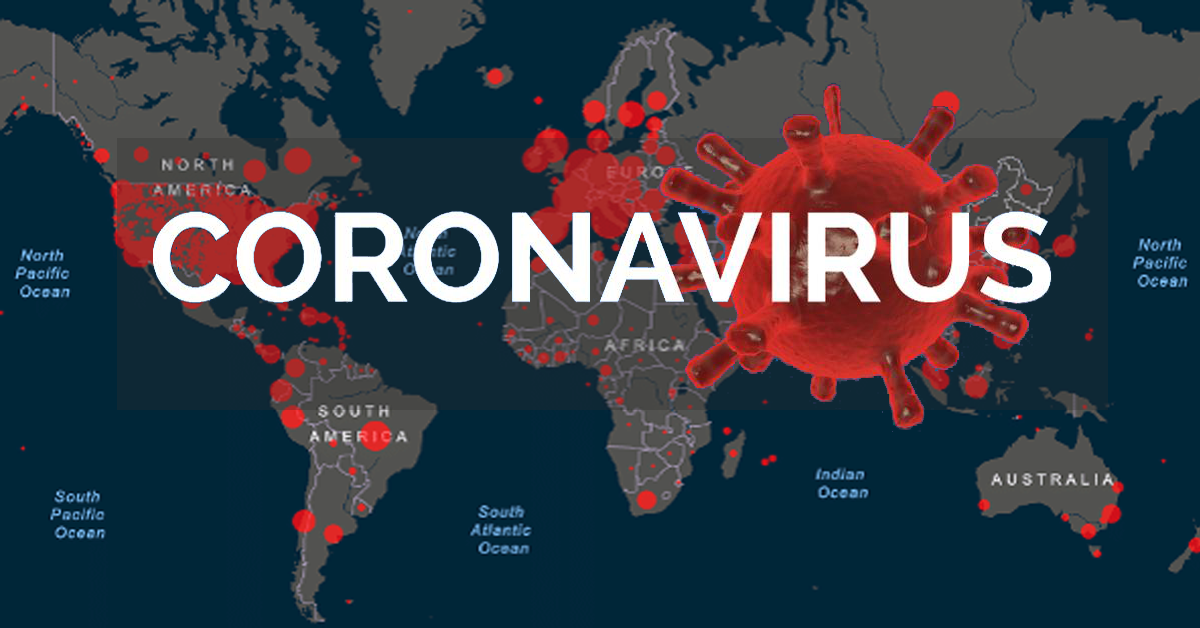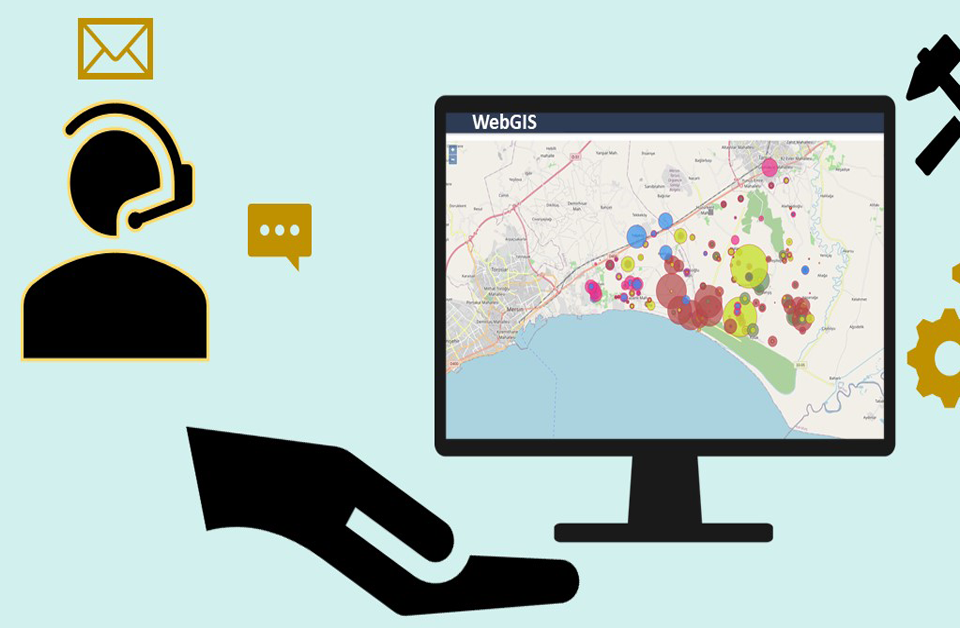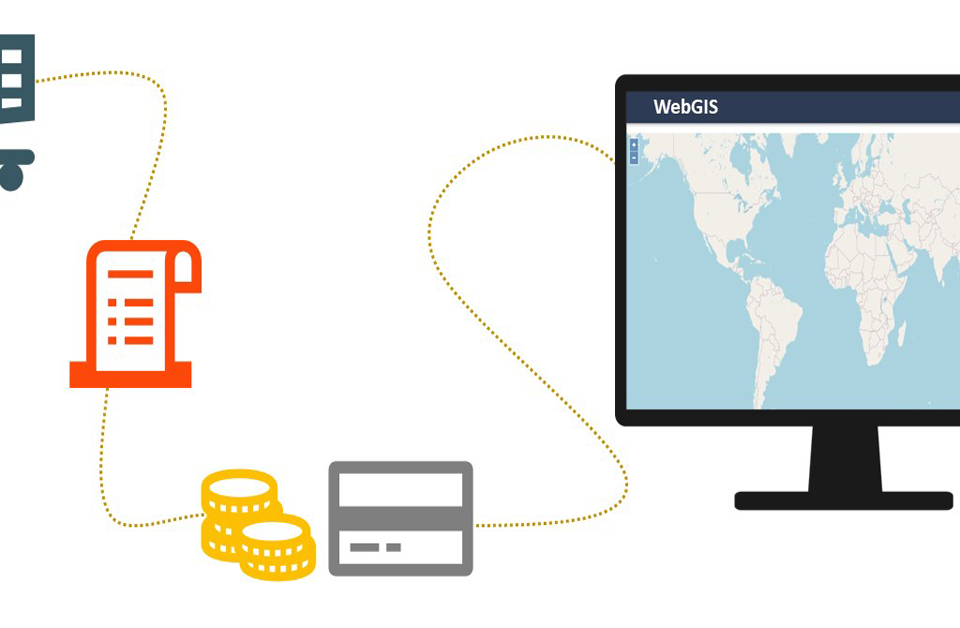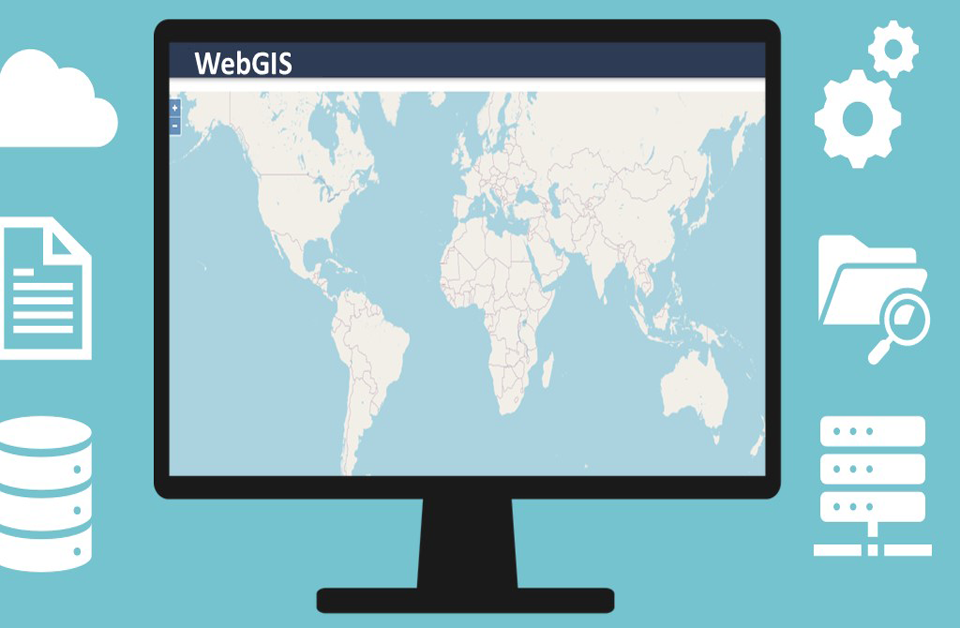Role of GIS IN Corona-Pandemic

Data Capture Methods in GIS
May 24, 2020
Lambert Azimuthal Equal-Area (LAEA) Usage and Conversion
July 10, 2020GIS
A Geographic Data System (GDS) is a PC system for catching, storing, checking, and showing information identified with positions on Earth’s surface.
By relating apparently disconnected information, GIS can support people and associations better comprehend spatial examples and connections.
Geographic Information Systems (GIS) is the innovation normally utilized by researchers to make maps and perform geographic (spatial) analysis.
Both Map-Making and Spatial Analysis have seen numerous technologies advances in the previous two decades.
With the conspicuous cover among Geography and the study of Epidemiology, GIS has become an essential tool to help with disease surveillance, perform research, and investigate the new associations among exposures and health results.
How GIS technology played an important role in tracking the spread of COVID-19?
GIS is basically a fundamental tool that helps in identifying, understanding, and responding to any infection especially in pandemics, for example, Coronavirus infection 2019 (COVID-19).
GIS helps Epidemiologists’ specialists to map event against numerous parameters including demographics, environment, geographic and past events to understand the beginning of outbreaks, its spread pattern, and its force to execute control, preventive, and observation measures.
Public Health Offices, policymakers and administrators need GIS to understand outbreak design continuously to recognize in danger in high population places and plan focused on their target, for example, evaluate available facilities or increase healthcare capacities.
With a location, Geographic Information System (GIS) technology provides the capability to empower this regular working picture for a multi-organization collaboration.
Utilizing GIS capabilities, for example, spatial investigation, mapping, and location intelligence, health officials and government organizations can map confirmed and active cases, fatalities, and recuperations to recognize where COVID-19 diseases have occurred.
Time-Enabled Maps can reveal how contaminations spread over time and where you might need to target interventions. COVID-19 disproportionally impacts certain demographics, for example, the older and those with underlying health conditions.
Mapping social vulnerability, age, and different components assist you with observing in danger groups and regions you serve. Map facilities, workers or residents, medical resources, equipment, products, and administrations to understand and react to present and potential effects of COVID-19.
Five Basic Steps of GIS to collect the information:
1. Map the Cases:
The GIS Mapping confirmed and active cases, fatalities, and recuperations cases to recognize where COVID-19 contaminations exist and have happened.
2. Map the Spread:
Time-Enabled Maps can uncover how infections spread after over time and where you want to need the target interventions.
3. Map Vulnerable Populations:
COVID-19 disproportionally impacts certain demographic, for example, the older and those with basic health conditions.
So, GIS Mapping update the social vulnerability, age, and different variables causes you to monitor the most in danger groups and areas.
4. Map your Ability:
Map offices, representatives or citizens, medical resources, equipment, products, and administrations to understand and react to present and potential effects of COVID-19.
5. Communicate with Maps:
Utilize intelligent web maps, dashboard applications, and story maps to help quickly impart your circumstance and cover all the important information regarding COVID-19 with the help of GIS.
For furthermore information or details regarding Role of GIS in COVID-19 contact with UIZ team.





